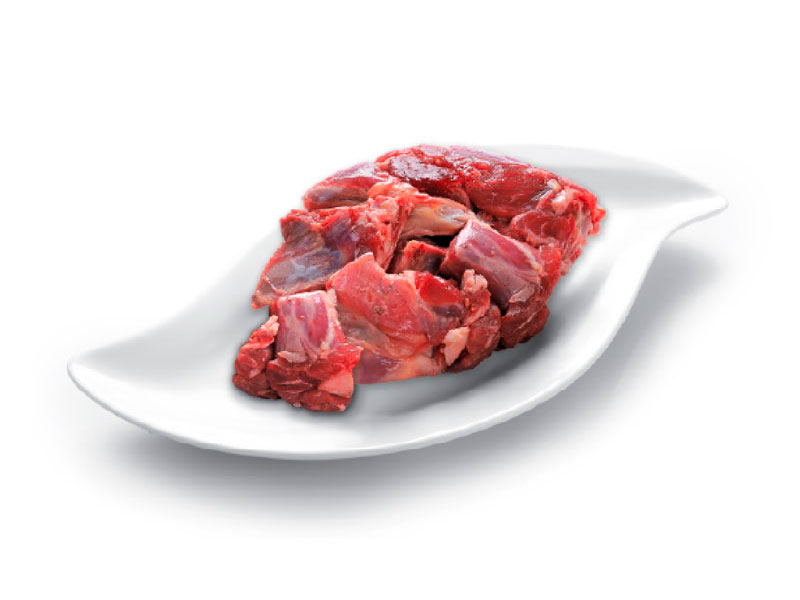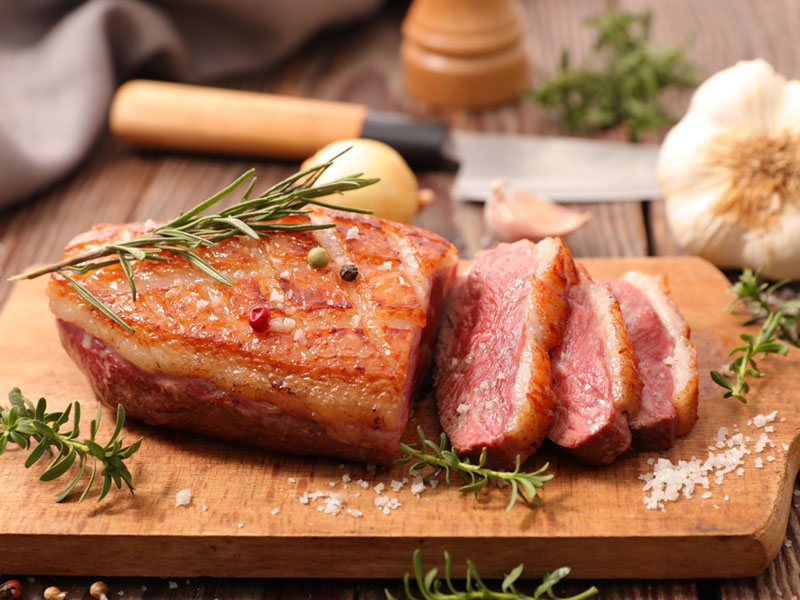There are so many factors leading to the rising demand of frozen meat and frozen food as a whole. This market has never looked brighter than today and is expected to grow further with time.
Prime Factors Driving the Frozen Meat Market Globally
- Change in Lifestyle
- Demand for Ready-to-Eat Food
- Global Pandemic Crisis
- Issue of Seasonality
- Issue of Food Wastage
- Growing Working Population
- Rising penetration of Online Food Delivery Services
- Shopping Trends of Millennial
If you look at statistics, you will find that the frozen meat market is expected to achieve significant growth in the coming years. This is mostly due to the changing food preference. Since the outbreak of COVID19, there has been a high demand for frozen meat, packaged and ready-to-eat food. With time, the meat industry has been evolving into several processing firms which consist of frozen meat products, ready-to-eat food, etc. This particular sector is seen expanding in almost all regions of the
country as frozen meat products have become a profitable business in India.
Also, with the rapid increase in retail stores, supermarkets and proper refrigerator facilities, the demand for frozen meat has shot up. If you consider the frozen food market as a whole, the market in India towards the end of 2019 valued at INR 85.27 billion and is likely to touch INR 192.96 billion by 2024. And, if you look at the global frozen meat market in particular, in 2018, it was valued at USD 73.3 billion and has started expanding at 4.4% CAGR from 2019, which will continue till 2025.
Several government schemes such as Pradhan Mantri Kisan Yojana and Integrated Development of Horticulture have provided monetary help to build new cold storage facilities across India. In tier 1 cities, such infrastructure development has further helped the supply and distribution chain of frozen products.
What else has Spurred Growth in the Frozen Meat Market?
How can one forget the enhanced packaging and shelf-life of frozen food? Quite a lot of frozen food providers decided to try out various tools and technologies to stockpile frozen meat, fish, vegetables and sometimes fully-cooked food. It has been anticipated that if the growth continues, then there will be upcoming changes in food preferences, increasing demand for ready-to-eat food, due to seasonality and lifestyle.
To be precise, the demand for frozen food, both ready-to-cook and ready-to-eat forms increased due to busy lifestyles and now mostly because of the global pandemic crisis. How can we forget about the working professionals, especially the Millennial?
Online food delivery and e-commerce services have played another vital role in the growing demand in the frozen food market. Believe it or not, but the reality is the current lifestyle is mostly dependent on the frozen market to cope up with its pace. Restaurants and food joints are bound to stay connected to this market so that they can cater to the fast-paced lifestyle demand. This way, the need for meat dishes especially is increasing. And if this scenario continues to stay, then it is expected to fuel the frozen meat market growth further in coming years.


















